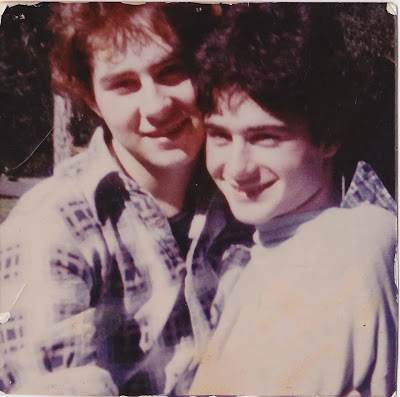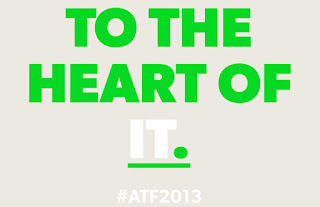On the Value of Arts and the Place of Subsidy
[A version of this piece was first published in The Courier-Mail on 5 September 2016]
More Australians go to art galleries each year than go to AFL and NRL games combined. The creative industries employ more people than agriculture, construction or mining.
More Australians go to art galleries each year than go to AFL and NRL games combined. The creative industries employ more people than agriculture, construction or mining.
Around one million people will
experience this year’s Brisbane Festival, Brisbane’s international arts
festival. Theatre, dance, circus, music, stand-up? With almost 500 performances
across three weeks, it’s all on the menu.
How do we value this love for arts and
culture?
A festival is a remarkable thing.
People relax and become more receptive to the unfamiliar. It’s all in the name.
During the festival of a holiday or the festival of a dinner party, we let our
guard down and allow ourselves to absorb new ideas and experiences.
It’s also when artists reach for things
at the very edge of their imaginations. You could say that ‘‘why not?’’ is the
festival spirit.
Part of it is making sure people have
access. Brisbane Festival spends more than 20 per cent of its program budget on
free events. Ticket prices to other shows are kept low. Specially built
performance spaces are also great social spaces – look at Arcadia in front of
QPAC, by the river.
Like many arts organisations, Brisbane
Festival is supported by government. That investment generates many benefits.
It enables an exhilarating gift to the city, enriches countless lives, and
delivers an unmistakable economic impact.
Each year Australia’s creative
industries make a $50 billion economic impact against a government investment
of $7 billion. But we sometimes hear that arts should pay for themselves. This
misunderstands the reality of subsidy. Very few areas of our society are not
subsidised.
The Australian Institute of Sport spent
$332 million of public money on the recent Olympics campaign. Mining gets about
$4 billion a year in government subsidy. The big four banks – among the world’s
most profitable – are subsidised, through various provisions, by almost $6 billion a year. Education,
agriculture, health and manufacturing are all heavily subsidised. Maybe that's as it should be.
Whatever view you take on government support of these sectors, it's fair to say that the arts sector
is one of the nation’s least subsidised.
But let’s leave money and think of
value. People have a right to arts and culture. It’s a right equal to
political, social and economic rights, and is universal. The value of arts and
culture – how they enrich and enliven, comfort and challenge, help make us more
engaged, empathetic human beings – is where we best begin.
Then we can think of broader
educational and social benefits, which are many, and then of economic value.
That’s the best order. Otherwise we fall into Oscar Wilde’s definition of a
cynic: knowing the price of everything and the value of nothing.
So I’m looking forward to Brisbane
Festival. Perhaps a show that blows expectations apart, the discovery of an
amazing artist, enjoying a new space for a great night out, the highest note,
the deepest current, the widest embrace of that ‘‘Why not?’’ spirit.


Comments
Post a Comment